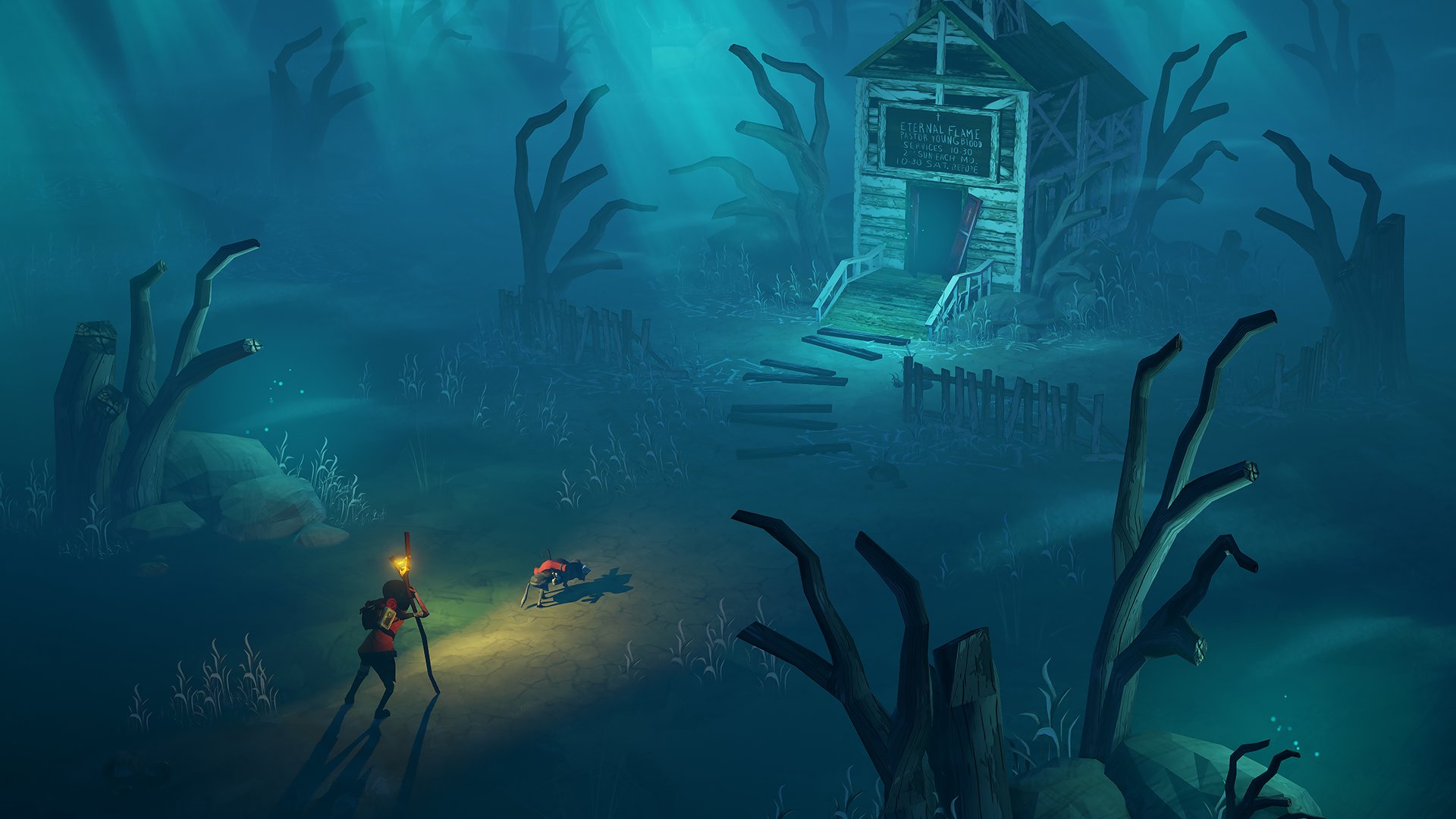Water drowns fire.
Survival games mostly make me nervous. That may be intentional, but I think it's a combination of my soft, barely-worked hands and my desire to play games that give me long moments to think and explore. Watching multiple health-related meters tick down as I ponder my next move gets my heart beating more than a tough boss fight in any game. Enter The Flame in The Flood to test my nerves for a spell… though it mostly tested my patience.
The concept, as is apparent from the trailers, involves a young woman and a dog making their way down river, trying not to get killed along the way. Each campaign, whether endless or not, starts on a tutorial island of sorts, giving you basic knowledge and a few items to get you on your way via a cobbled-together raft waiting for you at the dock. From there, the duo venture to the next island for supplies and/or shelter depending on what the meters show.
Initially, this approach to trucking along didn't bother me and seemed rather novel. But various aspects of this design wore on as I traveled. First, as you guide your raft, you'll eventually see guide markers leading you to stops coming up. These markers can show up late enough that you'll be too close to one bank to steer over to the other without damaging the raft, which is another meter to manage. I've missed entire sets of rest stops this way. And occasionally, while departing from one stop, the markers lead you to believe that you can make it to another nearby stop, but the river current disagrees entirely, leading to undesired damage to the raft early in the game.
Once you do arrive at a stop, certain animals pose a risk, namely the wolf, which comes individually or in packs. Boars, the next level down in danger, are a threat but will leave you alone if you venture out of a small radius from where they hang out. Wolves, on the other hand, will stalk you indefinitely. During the day, they are sometimes occupied and can be avoided for a limited amount of time, but at night, they are on the hunt. So if you arrive at any stop after dark, they will be waiting for you as soon as you make your way inland.
There's no unique way to know ahead of time if they will be waiting for you, but encountering them after you stop renders both that stop and other stops nearby that you can't steer to anymore effectively useless. This mode of difficulty is not scaled as you progress and can limit your ability to effectively do practically anything right from the beginning. I had a number of false starts because of this nuisance and had to restart to give my character a fighting chance before supplies became more sparse down river.
Moving on, the experience of doing actual foraging is variable. As you find supplies, schematics automatically appear in your inventory, suggesting items you can make with them whether or not you have all the supplies to do so. Certain stops yield different kinds of supplies, predictably, though the amount of each is up in the air. Throw in a dangerous animal, which happens often, and you might walk away with nothing or be unable to take shelter. When the supplies that would allow you to take the upper hand in that specific battle against nature lay behind the beast’s guard, you can become crestfallen as you sail away.
To an extent, survival games should give players a consistent ability to actually begin the game in earnest. This doesn't translate into an over-abundance of supplies, but rather proper access to the right ones, establishing a starter kit and some rules to live by. Compelling players to restart until they get the lucky draw is infuriating and a waste of time better spent playing anything else.
For those willing to tough it out, at least the presentation is nice. The visual design has a colorful palette and is evocative of a stop-motion animation film. The female protagonist’s blank eyes seem needlessly disturbing, but they don't detract from the fun you think you'll have. The soundtrack, composed and sung by Chuck Ragan, is really charming especially for folk music, a genre I'm not a fan of. It's nice to listen to while you navigate your raft or pick plants, but the game has a tendency to cut the music off abruptly and inexplicably, which is disappointing.
There were also a handful of bugs I encountered. There are caches, which look like mailboxes, where you can pick up missions in exchange for useful supplies—typically asking you to make certain items or perform certain actions over the course of play. (It doesn't count if you've already done whatever it's asking, however.) The first mission you get is to make a stone hammer and a stone knife, and to date, doing so has failed four out of five times to trigger the success notification, leaving it open and incomplete. Unrelated, upon starting a saved game from a rest stop checkpoint, everything on that island became impossible to interact with, creating yet another barrier to collecting supplies and wasting a stop.
Overall, the experience of playing The Flame in The Flood is more frustrating than nerve-wracking. I get that survival games won't be easy, but their systems should feel balanced, not bullshit. And the nodal method of traveling down river can feel futile in its own way. There's a big, bad wolf between me and any desire to play this further.
-
Colorful stop-motion-like graphics
-
Charming soundtrack from Chuck Ragan
-
...that cuts out abruptly
-
Game doesn't consistently allow players to get a decent start
-
System of traveling down river is interesting but cause further frustration in execution
the-flame-in-the-flood
-
the-flame-in-the-flood #1
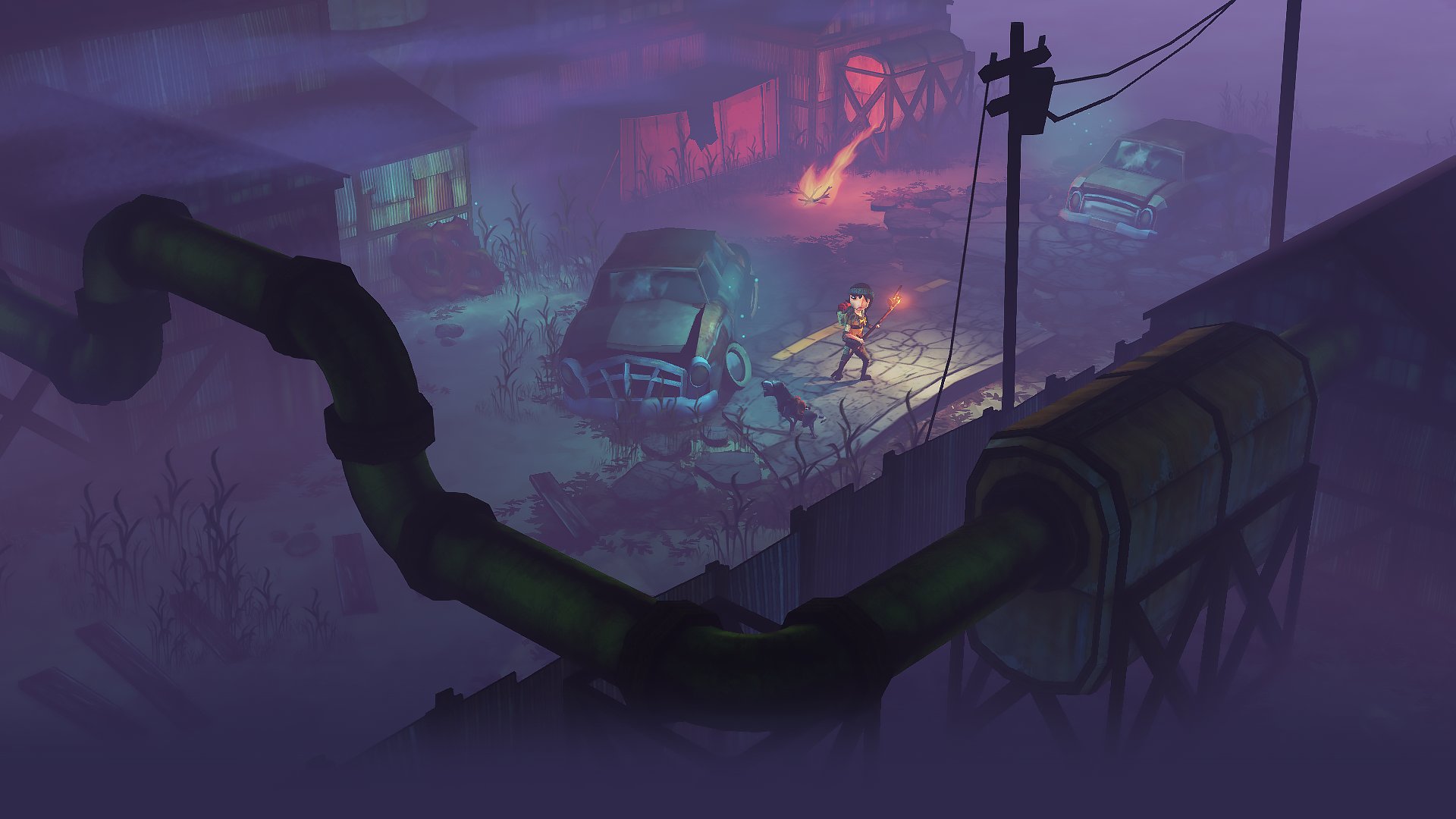
-
the-flame-in-the-flood #2
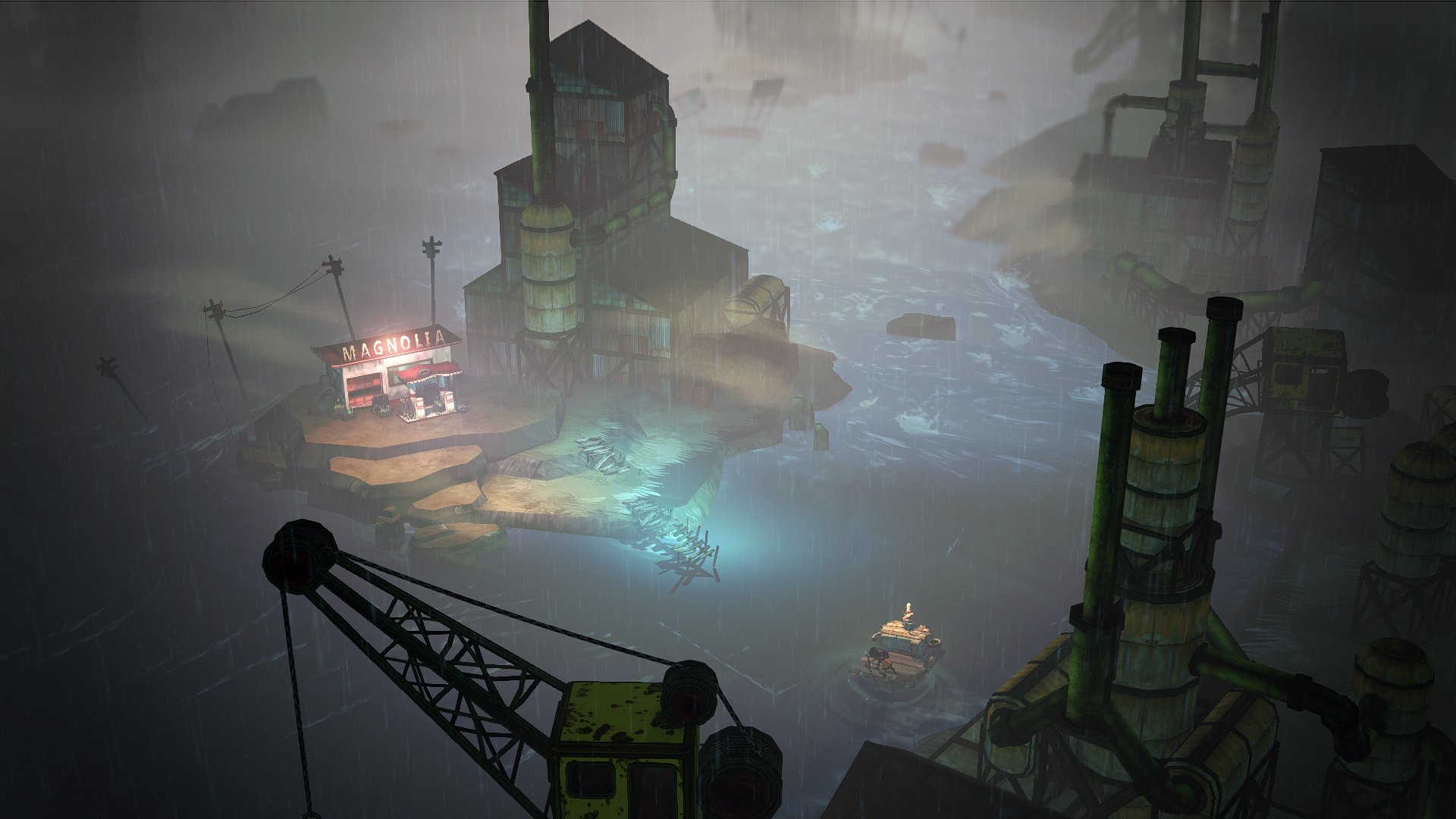
-
the-flame-in-the-flood #3
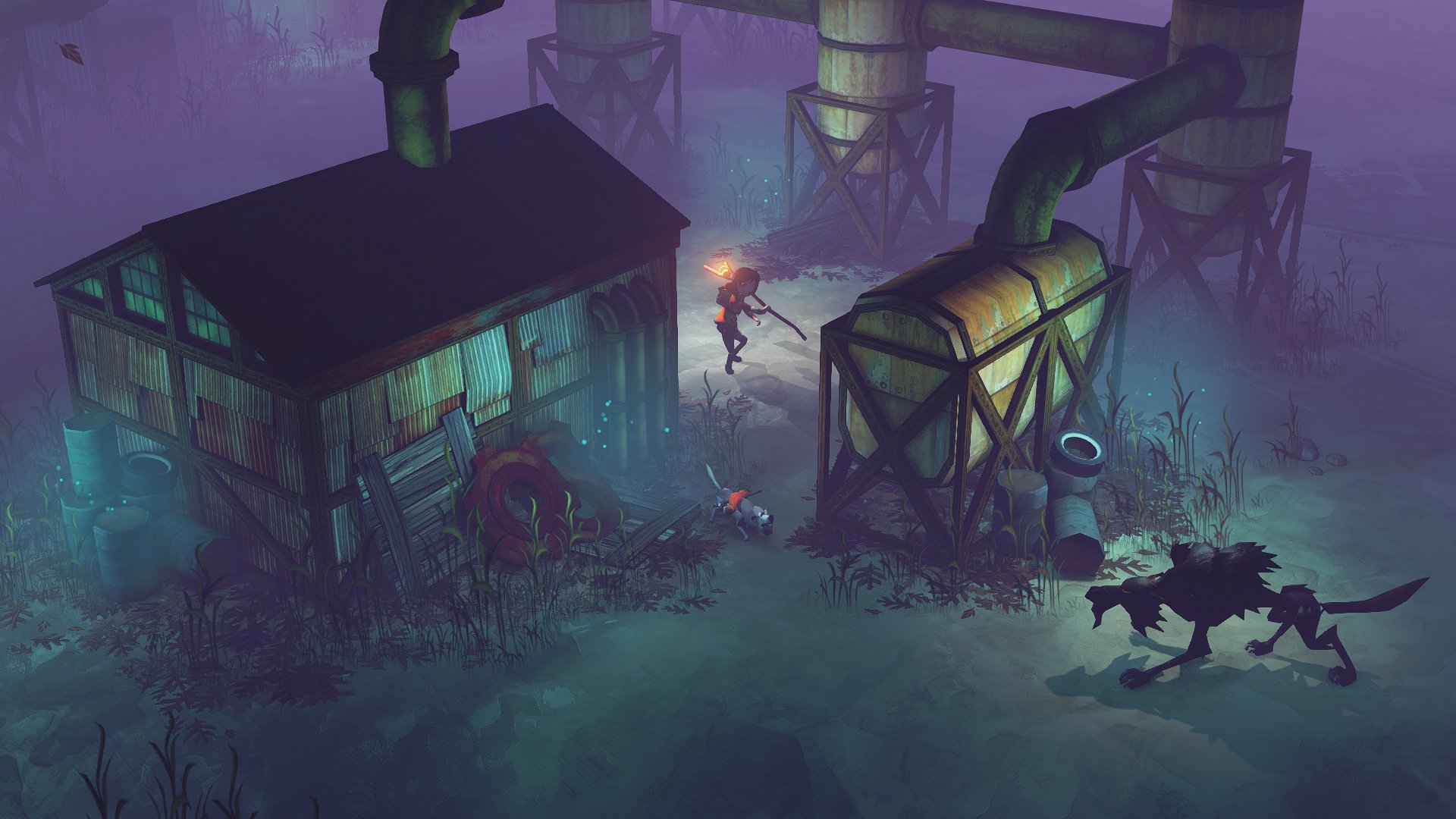
-
the-flame-in-the-flood #4

-
the-flame-in-the-flood #5
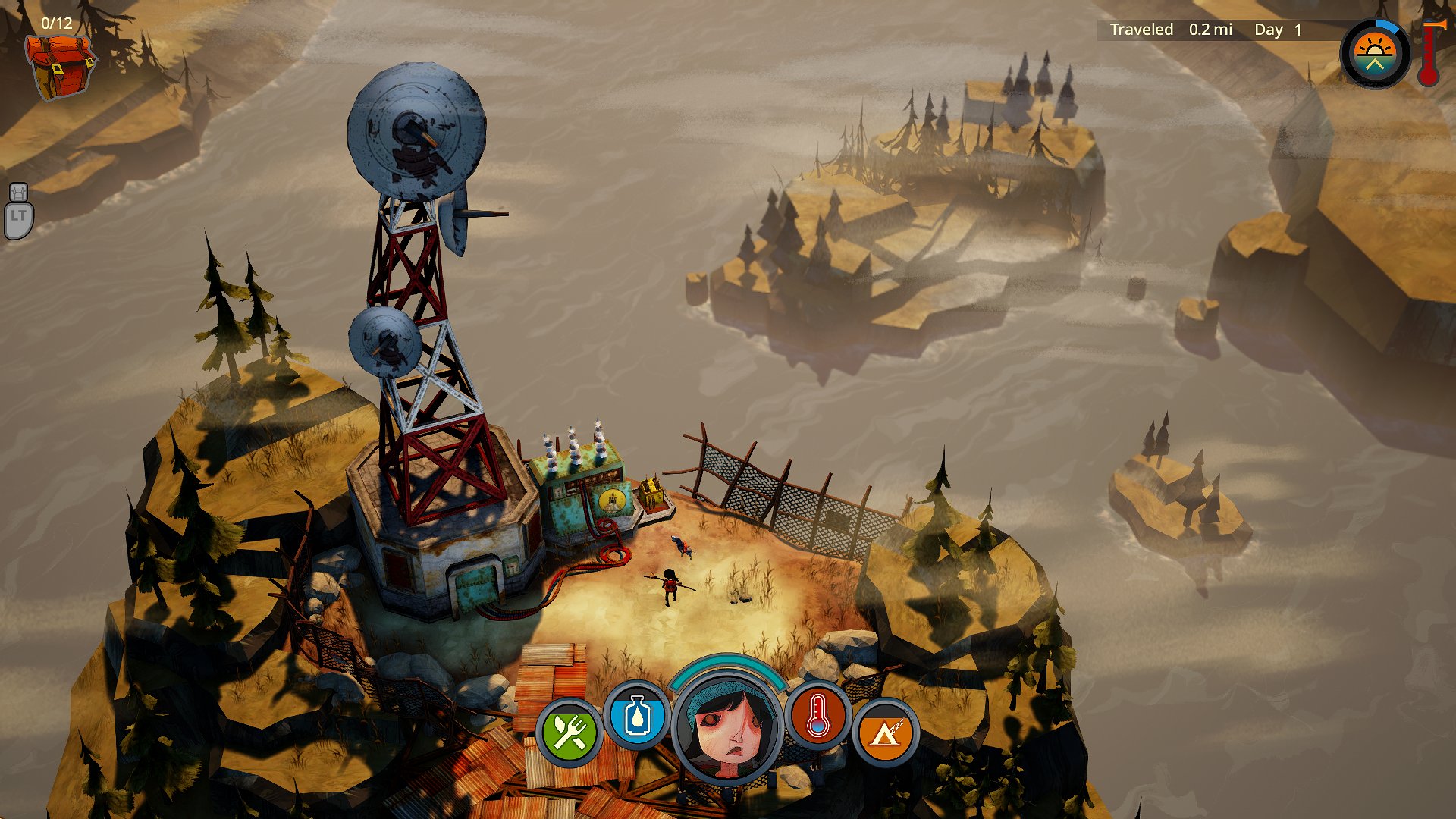
-
the-flame-in-the-flood #6
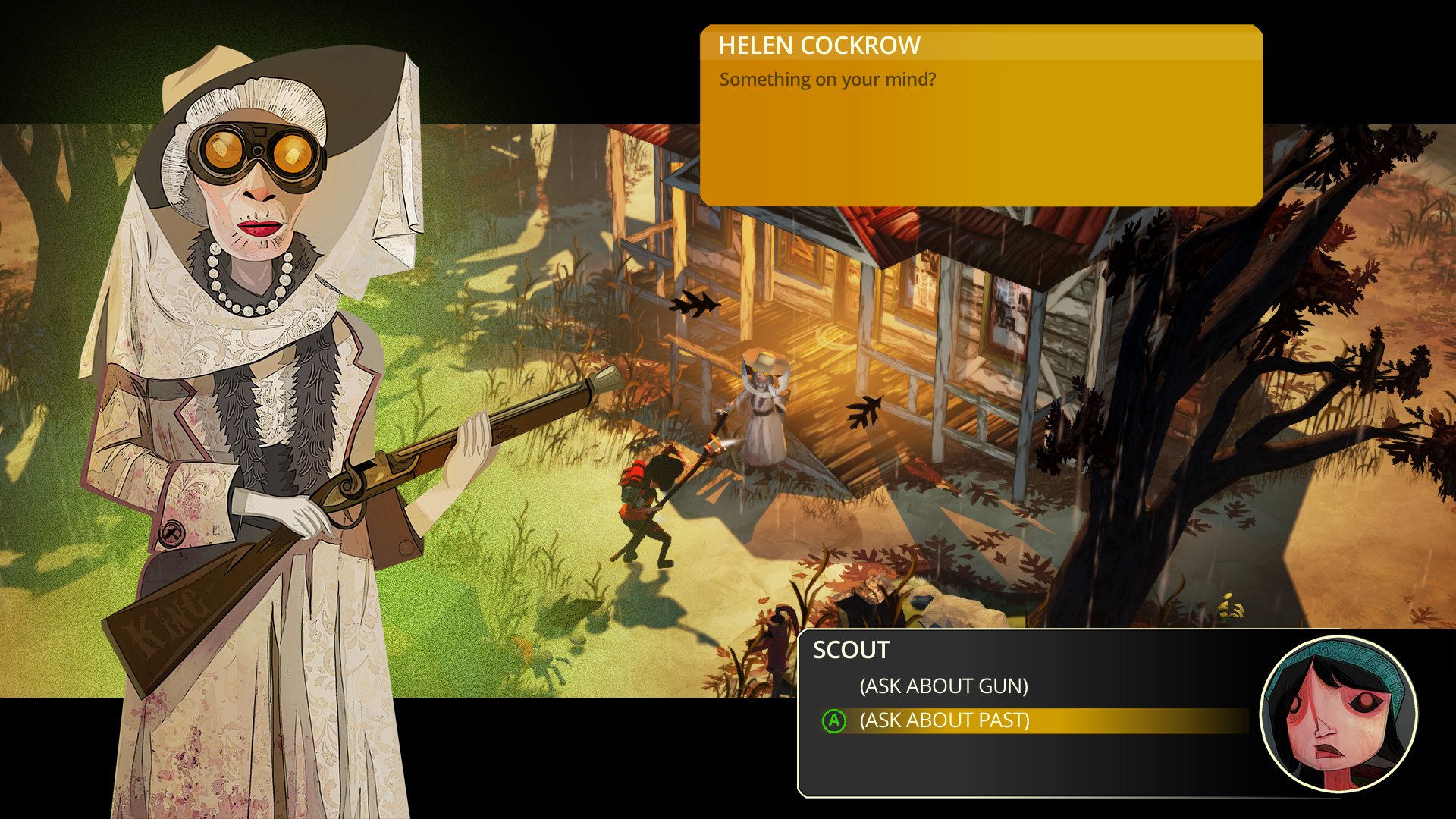
-
the-flame-in-the-flood #7
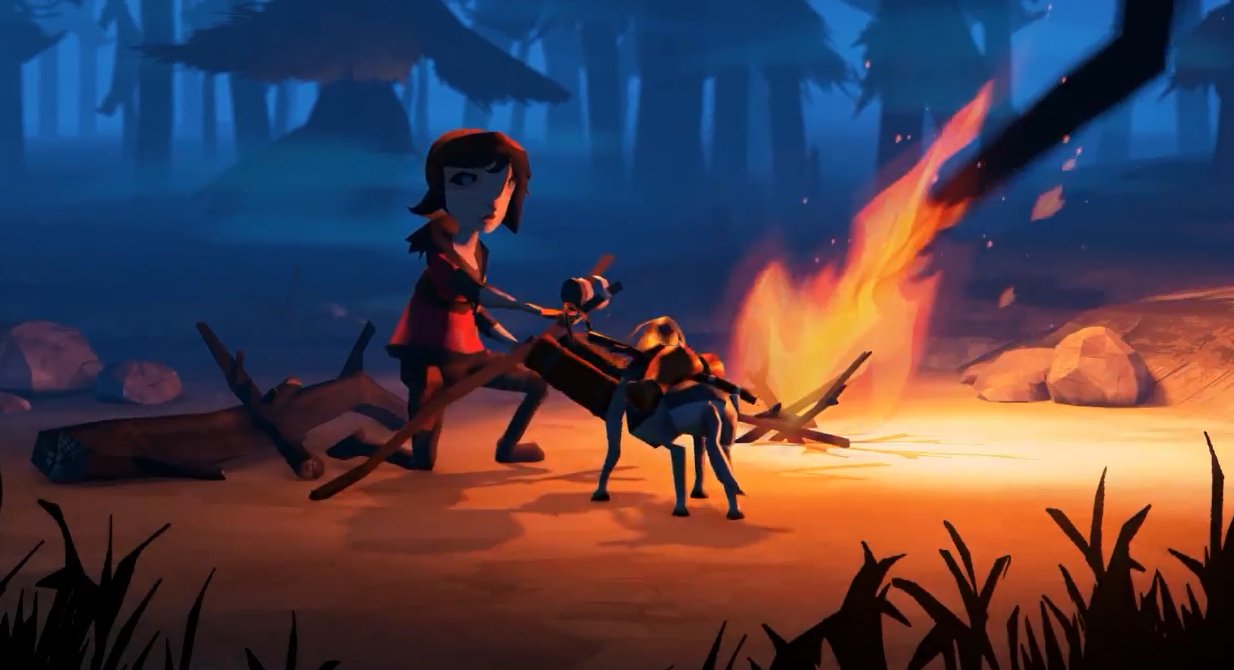
-
the-flame-in-the-flood #8
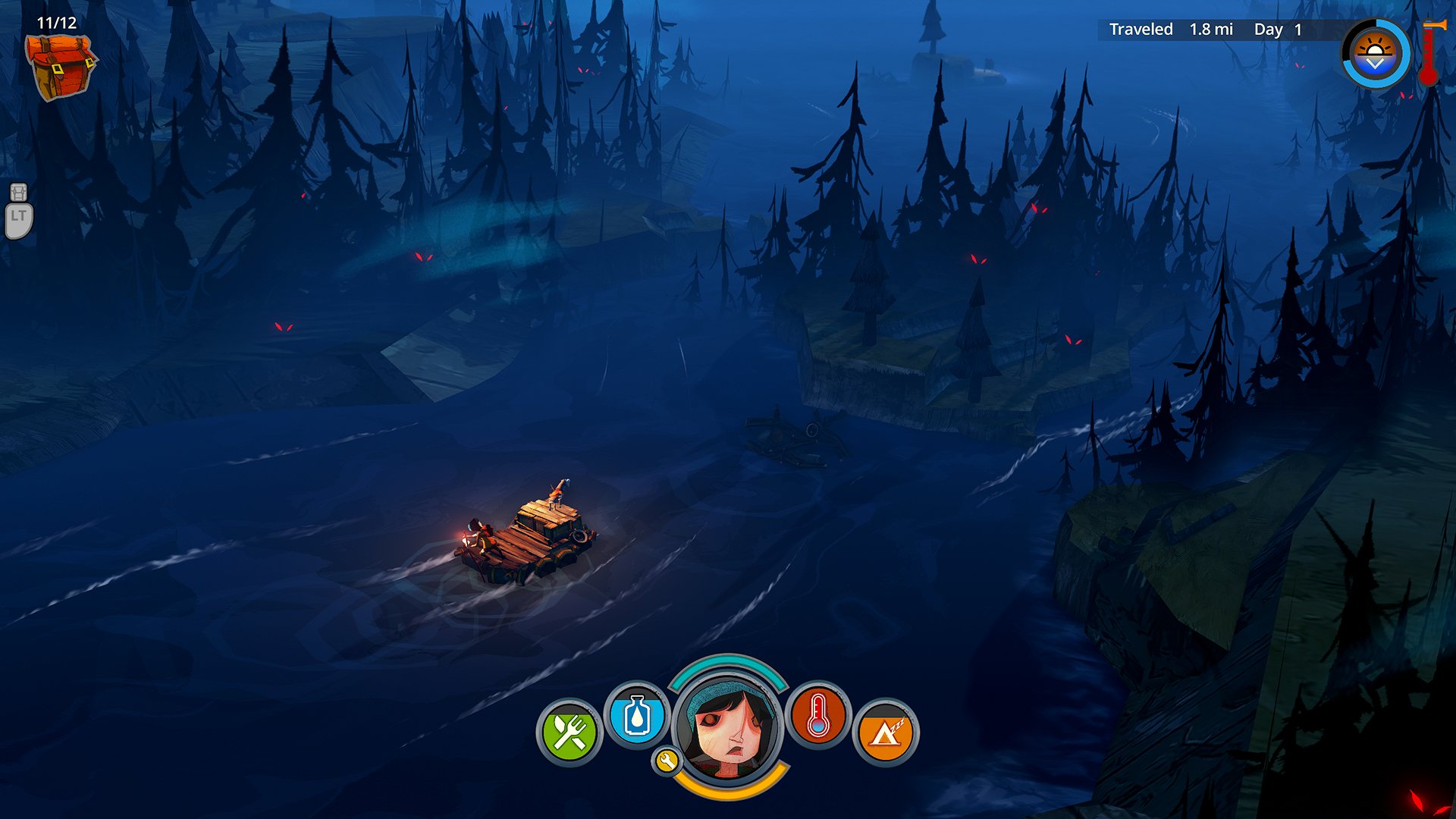
-
the-flame-in-the-flood #9
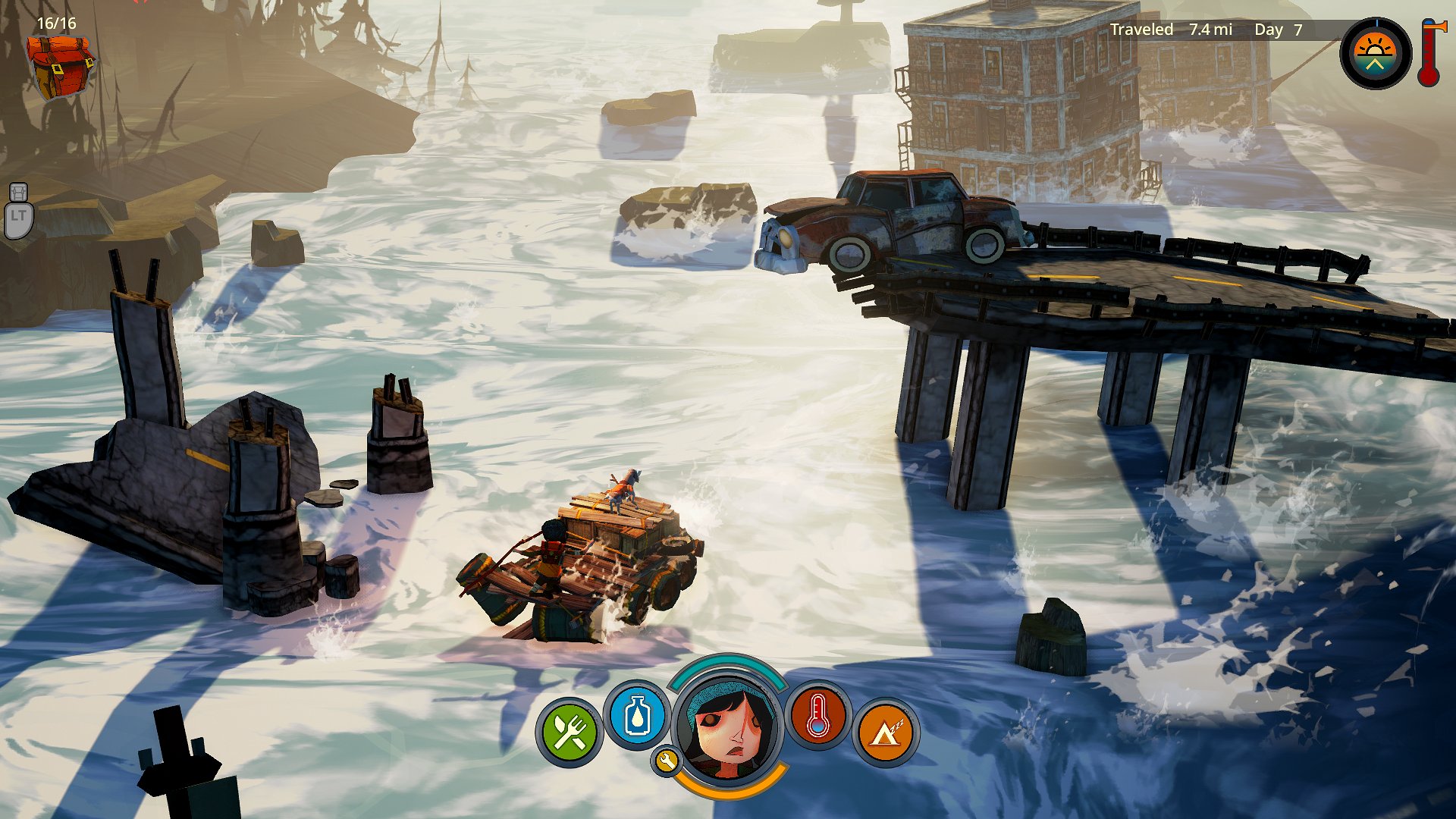
-
the-flame-in-the-flood #10
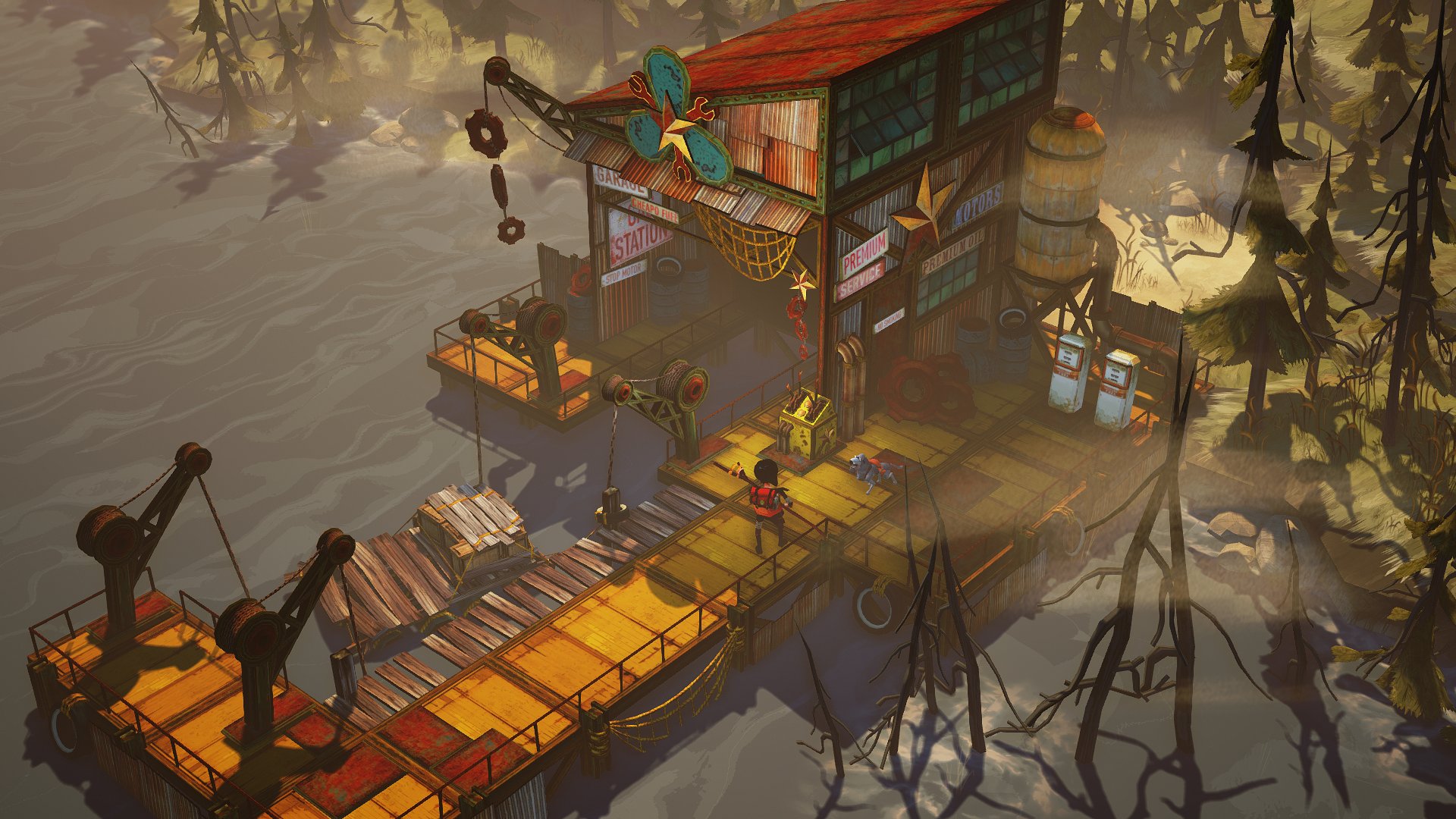
-
the-flame-in-the-flood #11
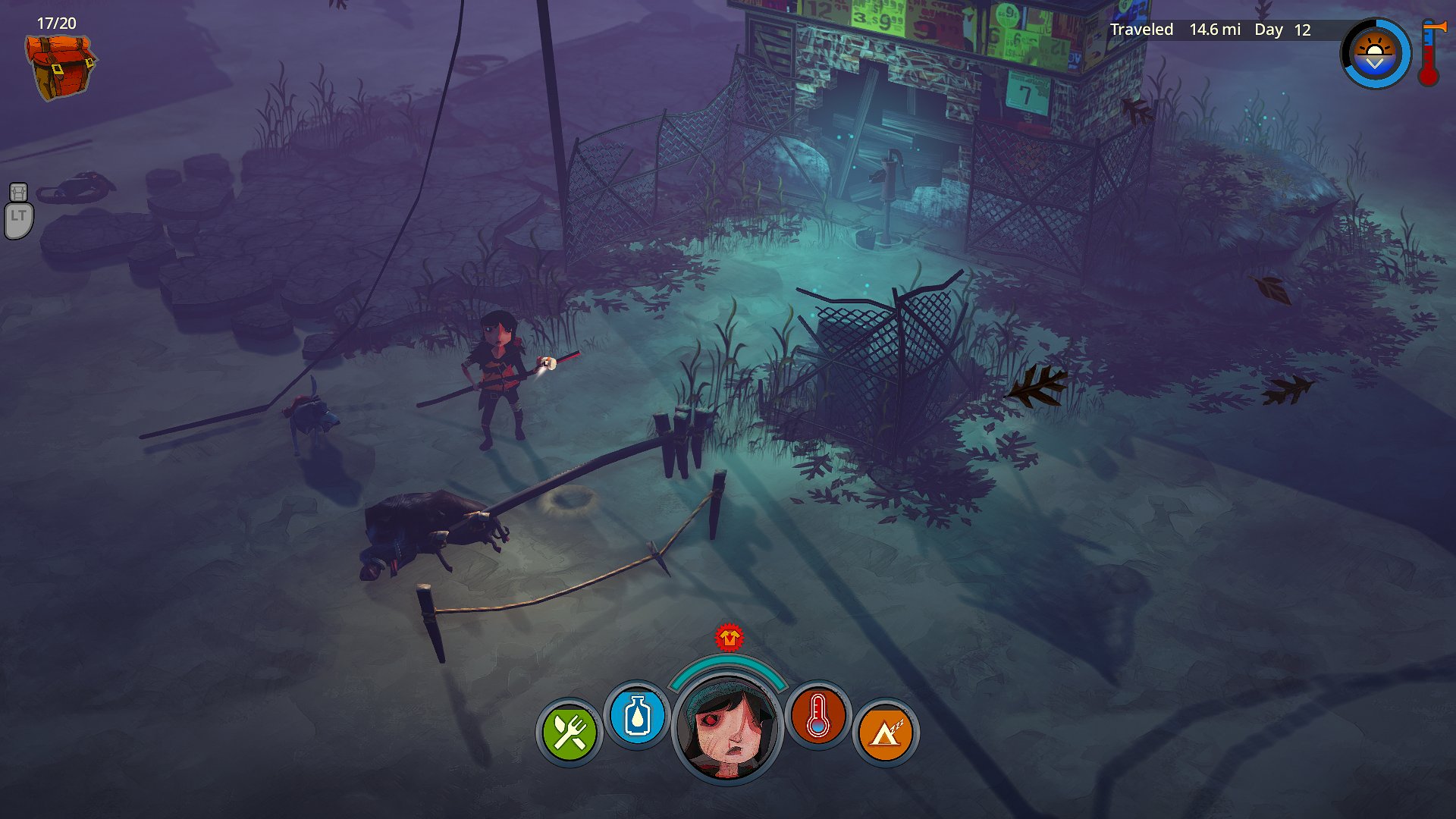
-
the-flame-in-the-flood #12
